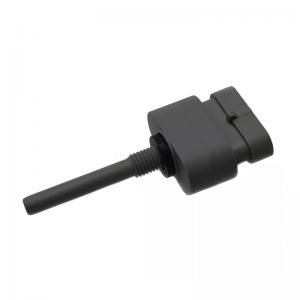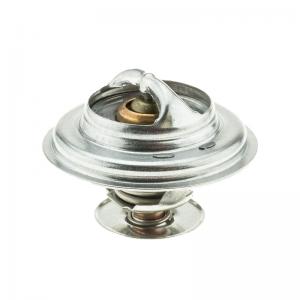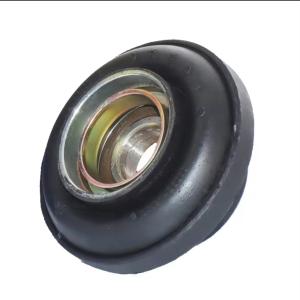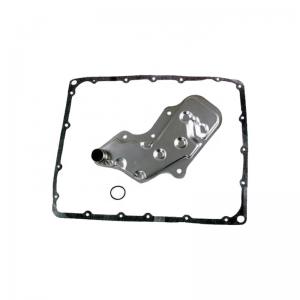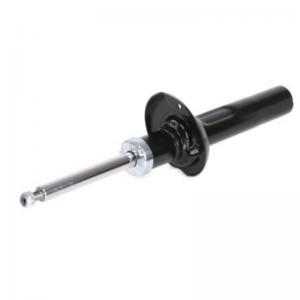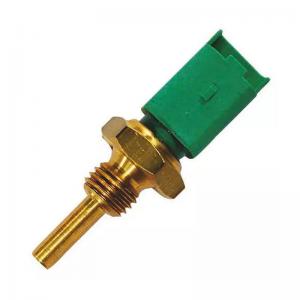Brake Caliper Bracket
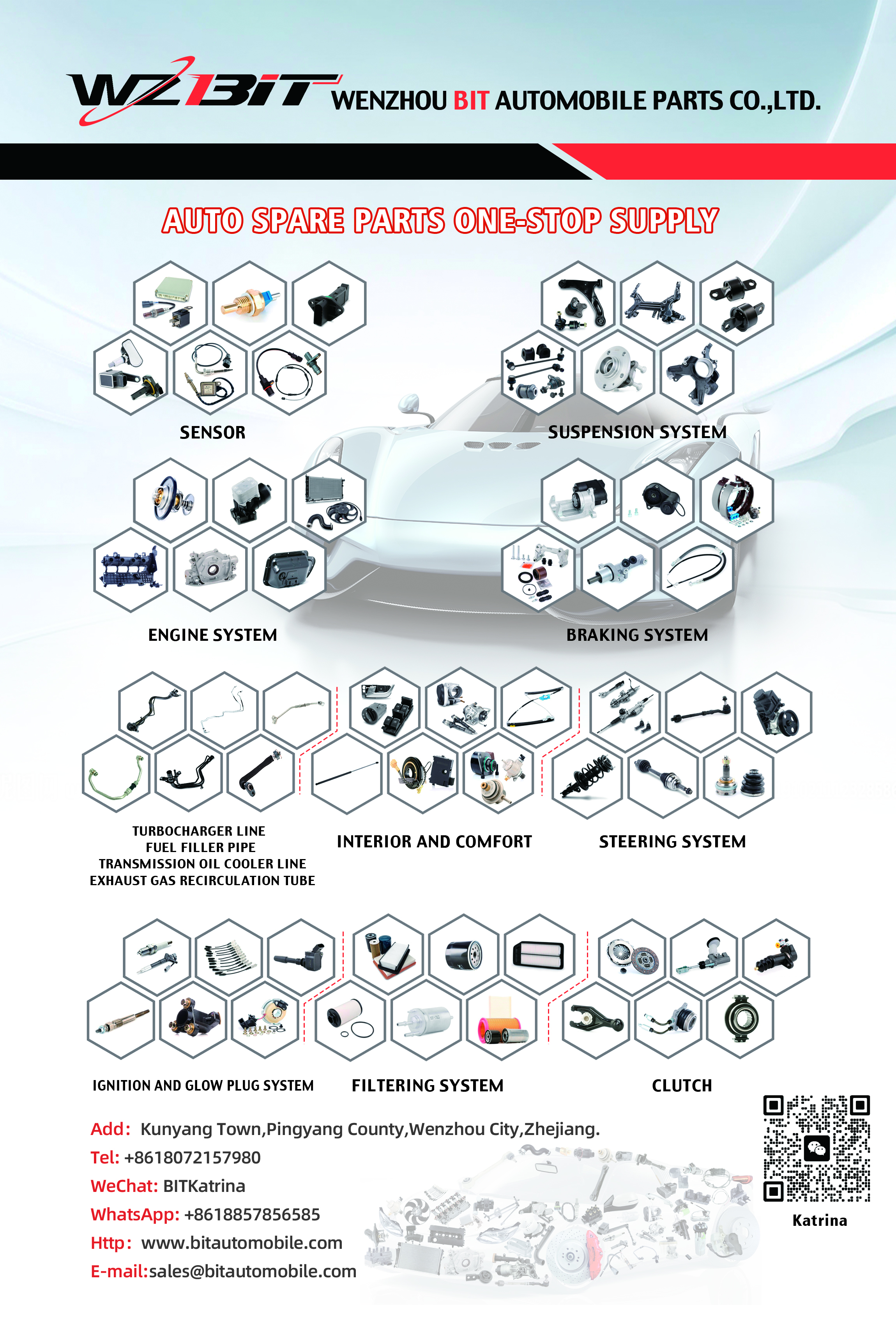
The brake caliper carrier, also known simply as the caliper bracket or caliper support bracket, is a crucial component in the disc brake system of a vehicle.

OE Number
7H0615425
7H0615425A
Compatible Applications
VW MULTIVAN V (7HM, 7HN, 7HF, 7EF, 7EM, 7EN) (2003/04 - /)
VW TRANSPORTER T5 Platform/Chassis (7JD, 7JE, 7JL, 7JY, 7JZ, 7F (2003/04 - /)
VW TRANSPORTER Mk V Box (7HA, 7HH, 7EA, 7EH) (2003/04 - /)
VW TRANSPORTER / CARAVELLE Mk V Bus (7HB, 7HJ, 7EB, 7EJ, 7EF) (2003/04 - /)
VW MULTIVAN T6 (SGF, SGM, SGN) (2015/04 - /)
VW TRANSPORTER / CARAVELLE Mk VI Bus (SGB, SGG, SGJ) (2015/04 - /)
VW TRANSPORTER VI Box (SGA, SGH) (2015/04 - /)
VW TRANSPORTER VI Platform/Chassis (SFD, SFE, SFL, SFZ) (2015/04 - /)
Definition and Function
- Mounting Bracket: The caliper carrier is a sturdy metal bracket or housing that mounts to the steering knuckle or suspension assembly of the vehicle.
- Supports the Caliper: Its primary function is to provide a secure mounting point for the brake caliper assembly.
- Alignment and Stability: The carrier ensures proper alignment of the caliper with the brake rotor and provides stability during braking operations.
Components and Features
- Mounting Points: Typically, the carrier has threaded holes or studs where bolts or guide pins secure the brake caliper.
- Guide Pins or Bolts: These allow the caliper to slide back and forth smoothly during braking, ensuring even wear of brake pads and efficient braking performance.
- Anti-Rattle Clips or Springs: Some carriers may include clips or springs to reduce noise and vibration during braking.
Role in the Braking System
- Alignment and Positioning: The carrier positions the brake caliper over the brake rotor with precise alignment, ensuring that the brake pads make even contact with the rotor surfaces.
- Heat Dissipation: By securely holding the caliper, the carrier facilitates heat dissipation from the brake system during braking, preventing overheating and brake fade.
- Structural Support: It provides structural support to the caliper assembly, helping to withstand braking forces and vehicle motion.
Maintenance and Replacement
- Inspection: Regularly inspect the carrier for signs of wear, corrosion, or damage, especially during routine brake maintenance.
- Cleaning and Lubrication: Keep the carrier clean and lubricated to ensure smooth operation of guide pins or bolts.
- Replacement: If the carrier is damaged, corroded, or worn beyond service limits, it should be replaced. Replacement involves removing mounting bolts, disconnecting brake lines (if necessary), and installing a new carrier that matches the vehicle's specifications.
Considerations
- Compatibility: Ensure the replacement carrier is compatible with the vehicle's make, model, and brake system configuration.
- Professional Installation: Brake components are critical for vehicle safety. If unsure about replacement, it’s advisable to seek professional installation by a qualified technician.
- Brake System Bleeding: Whenever brake components are replaced, bleed the brake system to remove air and ensure proper brake function.
In summary, the brake caliper carrier plays a vital role in the functionality and safety of the disc brake system. It provides essential mounting and alignment for the brake caliper assembly, contributing to effective braking performance, stability, and durability of the braking system components. Regular inspection, maintenance, and timely replacement of worn or damaged carriers are crucial for maintaining optimal brake system operation and ensuring vehicle safety.
Send your message to us:






